Headaches
Almost everyone experiences headaches at some point in their lifetime ranging from bothersome to completely debilitating. Living with chronic headaches can make you feel grumpy or irritated, and in the worst-case scenario, leave you unable to function. Whatever the degree of headache you are experiencing at the very least you would probably rather live without it.
Fortunately, you can take measures to prevent or relieve most episodes. If prevention fails, safe and effective treatment along with guidance on proper posture often allow your headaches to resolve within a few days. In most cases early treatment intervention often leads to the best outcomes.
If you have been suffering from mild to severe headaches in Collingwood, then seeking treatment earlier than later is always a good move. The information below is meant to help inform you, but we highly recommend that you seek a professional opinion to properly diagnose these issues.
Quick Links
Symptoms
Headache is pain in any region of the head. Headaches may occur on one or both sides of the head, be isolated to a certain location, radiate across the head from one point, or feel like generalized pressure throughout the entire head. A headache may appear as a sharp pain, a throbbing sensation, a dull ache, or tension around the head. Headaches can develop gradually or suddenly, and may last from less than an hour to several days. The pain can be isolated to the back of the head, the forehead, temples or radiate in the eyes, sinus, jaw and teeth.
Headaches can begin first thing in the morning, come on later after a long day, or hit all of a sudden without a reason. Sometimes certain symptoms of the senses (vision, hearing, smell, taste, etc.), known as an aura, can warn of an oncoming headache, but others experience none of these. Neck pain and upper back pain are common associated complaints. The pain can worsen with loud noises, bright lights, bending over, coughing, sneezing, sleeping at night, or when holding your head in one place for long periods such as when driving or working at a computer. People with chronic headaches are even prone to depression having a profound effect on their quality of life.
When to see a doctor
Most headaches gradually improve within a few hours or days and are associated with a clear cause such as lack of sleep, stress, tension or a virus. However, not addressing the cause often ends with repeat episodes that occur with increasing frequency, severity and the time it takes to feel better. Early intervention is the key to a successful outcome so contact a doctor if you have any of the symptoms above or conditions listed below.
In rare cases, headaches can signal a serious medical problem. Seek immediate care if you have trouble speaking, hearing or seeing, weakness on one side of the face and/or body, unexplained dizziness or trouble walking, new sudden and extremely severe headache, a fever or unexplained weight loss, or have suffered a traumatic fall or blow to your head.
Causes
Headaches from painful structures in the head or the upper back, neck and jaw referring pain to the head are classified as Primary headaches and the most common. Headache can also be a secondary symptom caused by a vast number of underlying conditions.
Tightness surrounding the shoulders, upper back and neck can lead directly to an acute headache or migraine. Muscle knots (also called trigger points), neck joints, and nerves coming from the neck are all able to send pain signals to the head called ‘referred pain’. Tension and strain on the neck can also have an effect on blood flow fluctuations to the head which is a primary component of migraine headaches.
Tension headaches
Tension headaches are often a dull ache head pain that feels like pressure or tension either across the forehead, in the back of the head, or both. Pain is referred to the head, but generated from muscles in the shoulders, upper back, neck or jaw. While a pulled muscle can trigger the pain the more common cause is low-grade postural strain along with stress, poor sleep, dehydration, poor nutrition, medication overuse and excessive work. These headaches respond extremely well to treatment including postural modifications and exercise.
Cervicogenic headaches
Headaches can also originate from the joints of the neck and can include sprain or injury to the ligaments, cartilage and spinal discs. There is often a history of previous trauma to the neck such as whiplash causing sprain and weakness, advancing arthritis in the neck, disc bulges or herniation or acute onset of sharp neck pain from joint inflammation.
This condition is distinctive from tension headaches in that there is commonly restricted head turning, bending or looking up with or without neck pain. Head pain will often be sharp and more commonly off to one side or at the base of the skull. Prognosis can vary based on the underlying cause, but treatment often provides significant relief.
Migraines
Migraines are another level of awful. A migraine can cause severe throbbing pain or a pulsing sensation, usually on one side of the head. It can even be accompanied by nausea, vomiting, and extreme sensitivity to light and sound. Migraine attacks can last for hours to days, and the pain can be so severe that it interferes with your daily functioning and relationships. For some people, a warning symptom known as an aura occurs before the headache as a result of decreased blood flow from tightening blood vessels. An aura can include visual disturbances, such as flashes of light or blind spots, or other disturbances, such as tingling on one side of the face or in an arm or leg and difficulty speaking. Headache hits migraine sufferers when blood flow to the head suddenly increases as blood vessels re-open wider.
Triggers which cause a migraine reaction vary greatly from individual to individual and can include physical strain, stress, sleep disturbance, nutritional imbalances, and chemical exposure to name a few. Tension and strain on the neck can also have an effect on blood flow fluctuations to the head. Identifying personal triggers along with making modifications are an essential part of migraine management which can respond exceptionally well to treatment.
Concussion headaches
Concussions are mild injuries to the brain tissue with headache as a primary symptom. They occur after head impact which often overlaps with neck trauma and injury. Along with a clear mechanism, concussions have other symptoms that can affect mood, concentration, train of thought, energy and balance to name a few. It is essential that concussion headaches are distinguished from more severe brain injury such as a bleed or skull fracture which can also occur during a significant trauma. Concussion headaches can respond well to the appropriate treatment that addresses the system most affected (visual, vestibular, neck etc.) so a prompt diagnosis is essential.
Other causes of headaches
Secondary headaches arise as a symptom of another chronic medical condition such as sinus infection, blood vessel inflammation, high blood pressure, medication overuse, acute viral or bacterial infection. These all need to be identified and treated at the cause to reduce pain and avoid long-term health issues.
Risk factors
Anyone can develop headaches, even children and teens, but these factors put you at greater risk:
- Lack of exercise. Weak, unused muscles in your neck.
- Repetitive postures. Overuse of the muscles and joints of the neck driving or watching your computer, phone or television too long.
- Poor sleeping position. Stomach or side sleeping can strain the neck along with a pillow of an inadequate size or firmness.
- Poor ergonomic workstation. The positioning of your computer screen and keyboard can strain the neck.
- Smoking. Smoking decreases blood flow.
- History of head trauma. History of concussion or whiplash with incomplete recovery.
Headache Testimonial
Went from a very limited range of motion in my neck with pain and headaches to pain free and mobility like when I was a teenager!
Diagnosis
Your doctor will collect information about your headaches and lifestyle prior to your appointment and then use this to guide an assessment on how certain movements and positions affect your pain. Special orthopaedic tests and palpation help determine what is injured and painful. The doctor uses this information to help rule out more-serious causes.
The diagnosis identifies both where the pain comes from as well as the underlying cause. The best treatment approach is then determined and communicated to the patient along with the required dosage and the expected degree of recovery with and without treatment.
Advance diagnostic tests
Advanced diagnostic testing can provide some further insight. This testing alone however can sometimes be misleading when identifying the origin of the pain as many findings can also be found in individuals with no pain. Waiting for testing to be ordered and performed can delay essential treatment and often does not lead to better outcomes or change the prescribed treatment plan. Some patients become focused on testing and are either let down when it does not lead to an immediate solution or give up and accept pain choosing to do nothing about it when it could in fact respond very well to treatment.
When advanced testing may be necessary
If headaches is not responding to, or worsens despite, appropriate treatment or your doctor feels there is reason to suspect a more serious cause they may order one or more of the following tests:
- X-ray. These images show the alignment of your bones and whether you have arthritis or broken bones. These images alone won't show problems with your spinal cord, muscles, nerves or discs.
- MRI or CT scans. These scans generate images that can reveal problems with bones, sinuses, muscles, nerves, ligaments and blood vessels.
Treatment
Early treatment intervention when symptoms are mild often leads to the best results with the least amount of suffering. The prevention and self care strategies learned during the course of treatment can reduce the occurrence or severity of future episodes and the risk of chronicity and long term disability.
Pre-treatment recommendations
While awaiting a consultation with a doctor there is some basic common sense advice that can ease sciatica:
- Do not wait until the pain worsens or reaches extreme pain levels prior to seeking care, early intervention is the key to the best results.
- Stop the offending cause. Sometimes this requires keeping a log of what seems to increase the pain.
- Keep moving. Do not be afraid of activity as complete rest may be making your pain worse. Light walking and changing positions often are two good strategies.
- Find positions of relief. Certain postures and positions likely increase your pain while others provide relief. Find those that relieve your pain and spend more time in them.
Conservative (non-surgical) treatment
There are many conservative treatment approaches backed by a substantial body of evidence, however it is never a one-size fits all approach that works for everybody. The mechanism of injury, degree of symptoms, patient age and other pre-existing conditions often guide your doctor's choice in the type of treatment they recommend. Treatment should aim to provide immediate pain relief within the comfort level of the patient and progress to addressing causative factors. Conservative treatment approaches often include one or a combination of the following:
- Education. What triggers, activities and postures to stop to decrease your pain.
- Exercises. Designed first to relieve pain and increase your mobility then strengthen your neck muscles to provide protection and support.
- Muscle Releases. Massage and hands-on stretches to relieve pain and relax the muscles surrounding the head, neck and shoulders.
- Joint Releases. Stretches or adjustments of the joints in the neck and shoulders to relieve pain, restore motion and decrease tension.
- Acupuncture. The insertion of ultra-thin needles in the muscles to relieve pain and stimulate healing.
- Medications. Anti-inflammatories, muscle relaxants, oral and topical pain relievers, narcotics and anti-depressants as directed by a physician.
Treatment is delivered in a specific dosage based on the stage of healing and other factors. Adherence to the prescribed treatment plan is often as important as the treatment type.
Surgical and other procedures
If symptoms show no change or worsen despite sound conservative treatment approaches after several weeks, your doctor might suggest an alternative treatment approach, stronger medications, advanced imaging or other procedures. More invasive procedures used to treat headaches may include:
- Botox injections. Injection of a substance that paralyzes muscles that refer pain to the head, but the pain relief usually temporary lasting only a few months.
- Cortisone injections. Injection of cortisone — a strong anti-inflammatory drug — plus a numbing medication which helps decrease inflammation around the nerve roots, but the pain relief usually lasts only a month or two.
- Surgery. These procedures are usually reserved for pain related to structural problems, such as blood vessel orchronic sinus disorders.
Buyer beware
Because headaches are so common, numerous products promise prevention or relief, but what works for one person may not work for another. There are many contributing factors that need to be addressed and you cannot buy your way out of making the necessary lifestyle changes.
Also, be wary of Dr. Google, I hear he got his medical degree online and attempting to self-treat without a proper diagnosis is often ineffective and potentially dangerous.
Doctors and therapists
Muscle & Spine has one of the most experienced staff in Collingwood Ontario with an expertise in the management of headaches. Staff are skilled in dozens of techniques and treatment approaches and work together with your other healthcare providers to ensure quality care and a successful recovery.
Dr. Adam Martynuik
Chiropractor, kinesiologist and experienced personal trainer Dr. Adam Martynuik has dedicated his career to treating the spectrum from professional athlete to working professional for spine and related…
Read MoreDr. Mack Gingerich
Chiropractor and experienced first responder Dr. Mackenzie Gingerich is an expert in the treatment of acute and chronic neck and back conditions. He has advanced experience in the treatment of hockey and…
Read More

